What Does a Milk Truck Do? Understanding Its Role in the Dairy Supply Chain
Milk trucks, often seen navigating rural roads and highways, play a crucial role in the dairy industry. These vehicles are more than just transporters of milk; they are integral to maintaining the quality and safety of one of the most consumed beverages in the world. This article explores the various functions and responsibilities of milk trucks, shedding light on their significance in the dairy supply chain.
The Primary Role of a Milk Truck
At its core, the primary function of a milk truck is to transport raw milk from dairy farms to processing plants. This might seem straightforward, but the process involves meticulous handling to ensure that the milk remains fresh, safe, and uncontaminated. Given that milk is a perishable product, the importance of its timely and efficient transportation cannot be overstated.
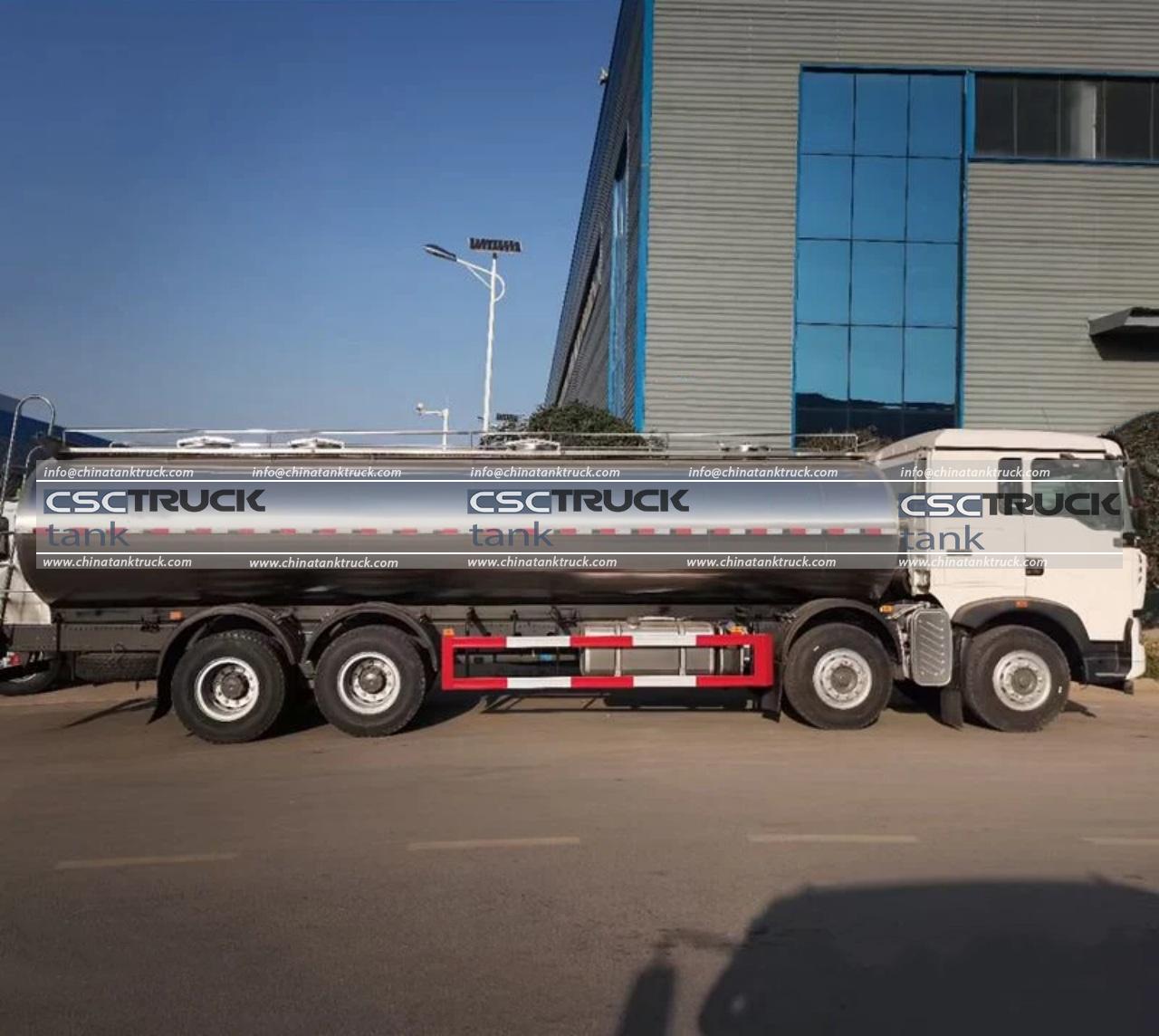
Collection of Milk from Farms
Milk trucks typically follow a daily or every-other-day route, visiting multiple dairy farms to collect milk. Each farm is equipped with large refrigerated storage tanks where milk is temporarily stored after being milked from cows. The milk truck, often called a tanker, is fitted with a pump system that transfers milk from these storage tanks into the truck’s insulated, stainless steel tank.
The driver of the milk truck, who often has specialized training, is responsible for connecting the truck’s hoses to the farm’s storage tank. Before the milk is pumped into the truck, the driver typically takes a sample from the storage tank to test for quality, including checking the temperature and potential contaminants. This step is crucial in ensuring that only high-quality milk is transported to the processing plant.
Maintaining Milk Quality During Transport
Once the milk is loaded into the truck, maintaining its quality during transport is critical. Milk trucks are designed with insulated tanks to keep the milk at the optimal temperature, usually around 4°C (39°F). This temperature control is essential to prevent the growth of harmful bacteria and to ensure the milk remains fresh until it reaches the processing facility.
Moreover, the design of milk trucks minimizes agitation during transport. Excessive movement can cause milk to foam or churn, potentially compromising its quality. The smooth interior of the tanks and the careful driving practices employed by milk truck drivers help maintain the milk’s integrity throughout its journey.
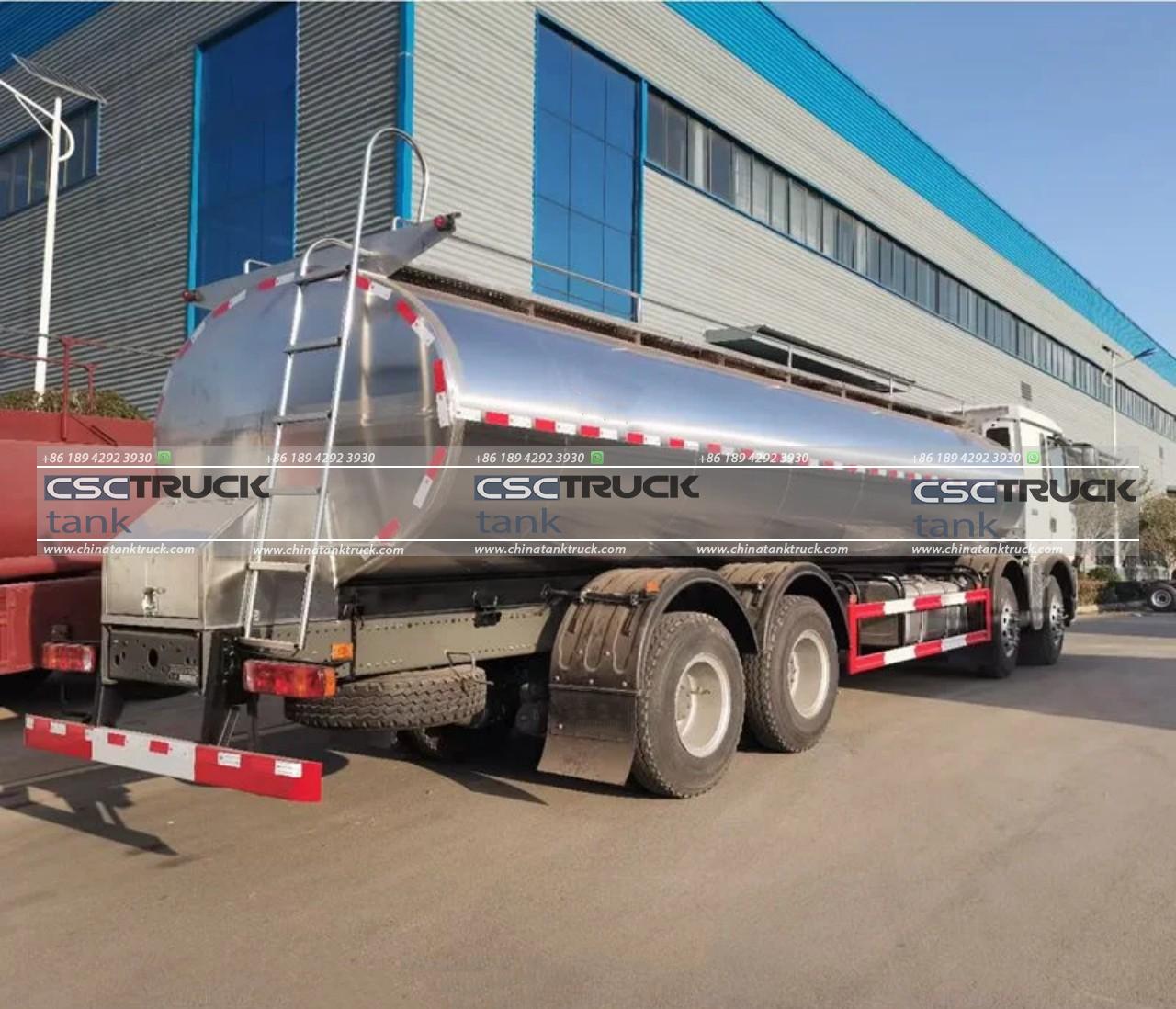
Ensuring Hygiene and Safety
Hygiene is of utmost importance in the dairy industry, and milk trucks are no exception. The trucks are thoroughly cleaned and sanitized after each delivery to prevent cross-contamination between different batches of milk. This cleaning process, known as a “clean-in-place” (CIP) system, involves flushing the tank with hot water and a series of cleaning agents that remove any residual milk, bacteria, or other contaminants.
In addition to the CIP system, milk truck drivers must adhere to strict hygiene practices, including wearing clean uniforms and gloves when handling milk. These measures help ensure that the milk transported is safe for consumption and free from contamination.
Delivery to Processing Plants
Upon arrival at the processing plant, the milk is unloaded from the truck and transferred to large storage silos, where it undergoes further testing and processing. The milk truck driver once again plays a crucial role in this process. They must ensure that the unloading process is smooth and that no contamination occurs during the transfer.
At the processing plant, the milk is pasteurized, homogenized, and packaged into various products such as fluid milk, cheese, yogurt, and butter. The timely delivery of milk by truck ensures that the processing plant can operate efficiently, keeping the supply chain moving smoothly.
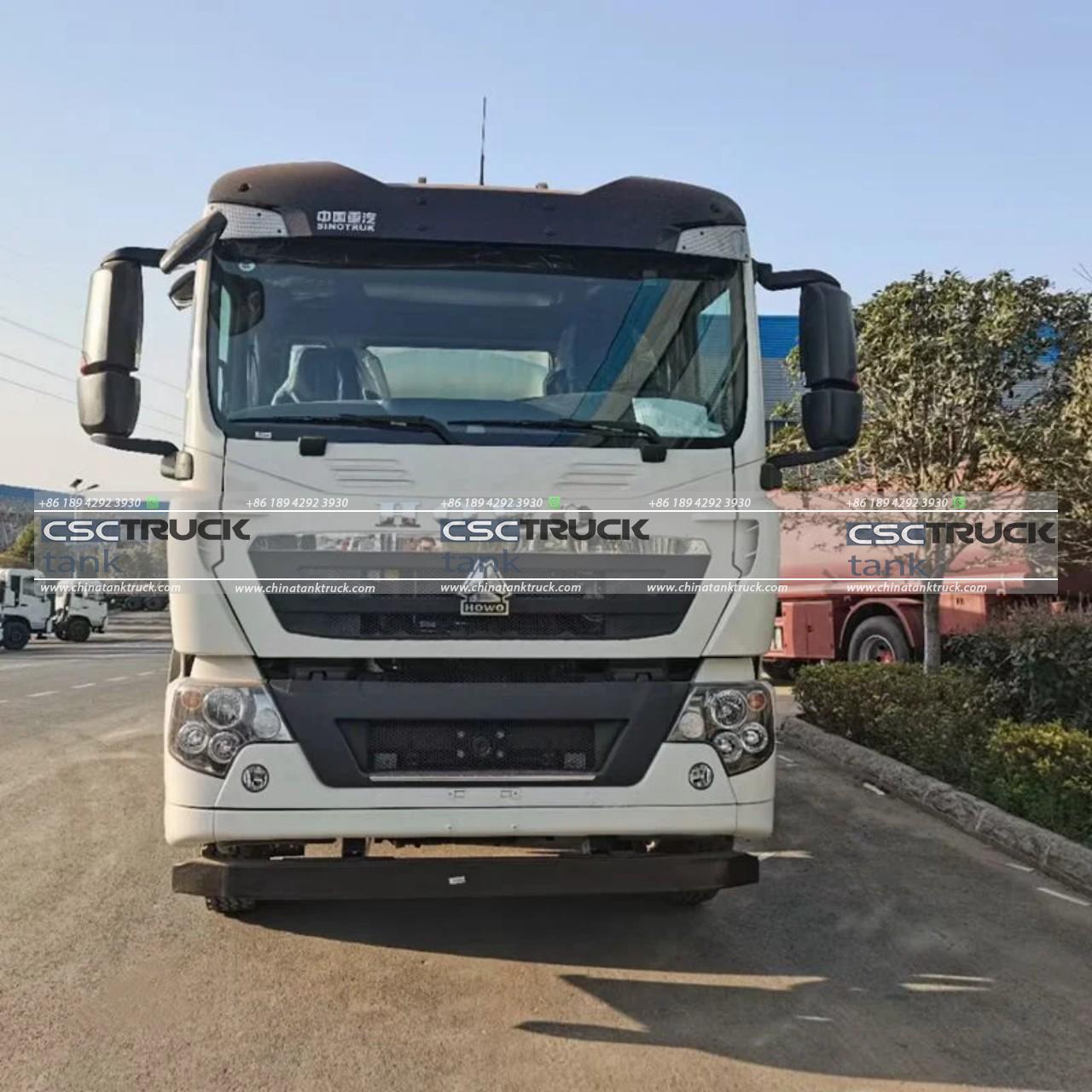
The Role of Technology in Modern Milk Trucks
Advancements in technology have significantly enhanced the efficiency and effectiveness of milk trucks. Modern milk trucks are equipped with GPS systems that help drivers navigate their routes more efficiently, reducing travel time and fuel consumption. Additionally, onboard sensors can monitor the temperature of the milk in real time, alerting the driver if any issues need immediate attention.
Some trucks are also fitted with automated sampling systems that can take and analyze milk samples without human intervention. This technology reduces the risk of human error and ensures that the milk collected meets the required quality standards.
Environmental Considerations
As concerns about environmental sustainability grow, the dairy industry, including the transportation sector, is taking steps to reduce its environmental footprint. Milk trucks are increasingly being designed with fuel efficiency in mind, and some companies are exploring the use of alternative fuels, such as natural gas or electric power, to reduce emissions.
In addition to fuel efficiency, route optimization is another area where milk trucks contribute to environmental sustainability. By planning the most efficient routes, milk trucks can reduce the distance traveled, thereby lowering fuel consumption and reducing greenhouse gas emissions.
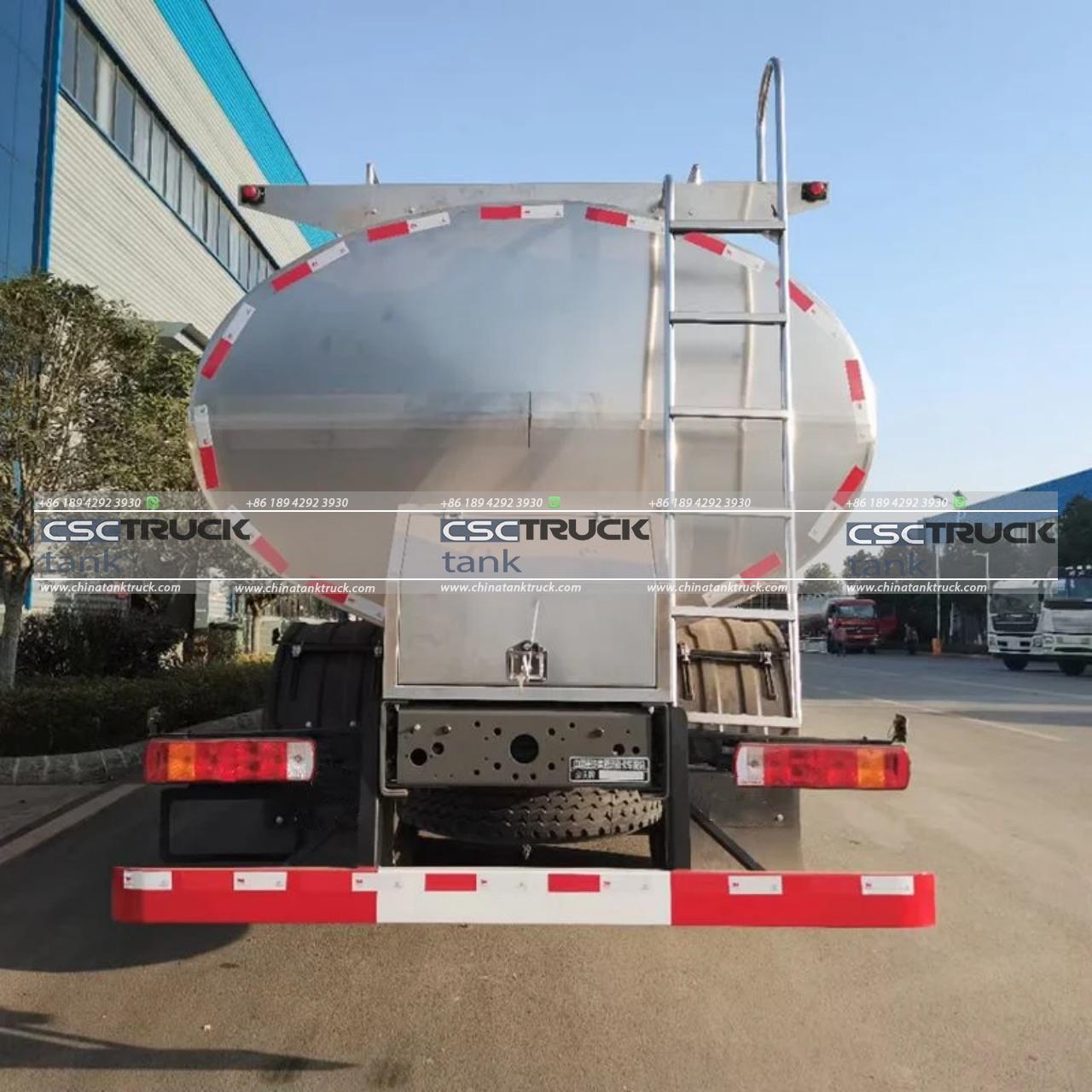
The Importance of Milk Trucks in the Supply Chain
Milk trucks are a vital link in the dairy supply chain, ensuring that fresh milk makes its way from farms to processing plants in a timely and safe manner. Without these vehicles, it would be nearly impossible to maintain the current scale of milk production and distribution.
Moreover, milk trucks support the livelihoods of dairy farmers by providing them with a reliable means of getting their products to market. This reliability is especially important for small and medium-sized farms that may not have the resources to transport their milk independently.
Challenges Faced by Milk Truck Drivers
While milk trucks play a crucial role in the dairy industry, the job of a milk truck driver comes with its own set of challenges. Drivers often have to navigate rural roads, which can be narrow, winding, and poorly maintained. Weather conditions, such as snow, ice, or heavy rain, can also pose significant challenges, making the driving experience more difficult and potentially dangerous.
Additionally, milk truck drivers must adhere to strict schedules to ensure that the milk is delivered on time. This can lead to long hours on the road and a demanding work environment. Despite these challenges, the role of a milk truck driver is essential to the functioning of the dairy supply chain.
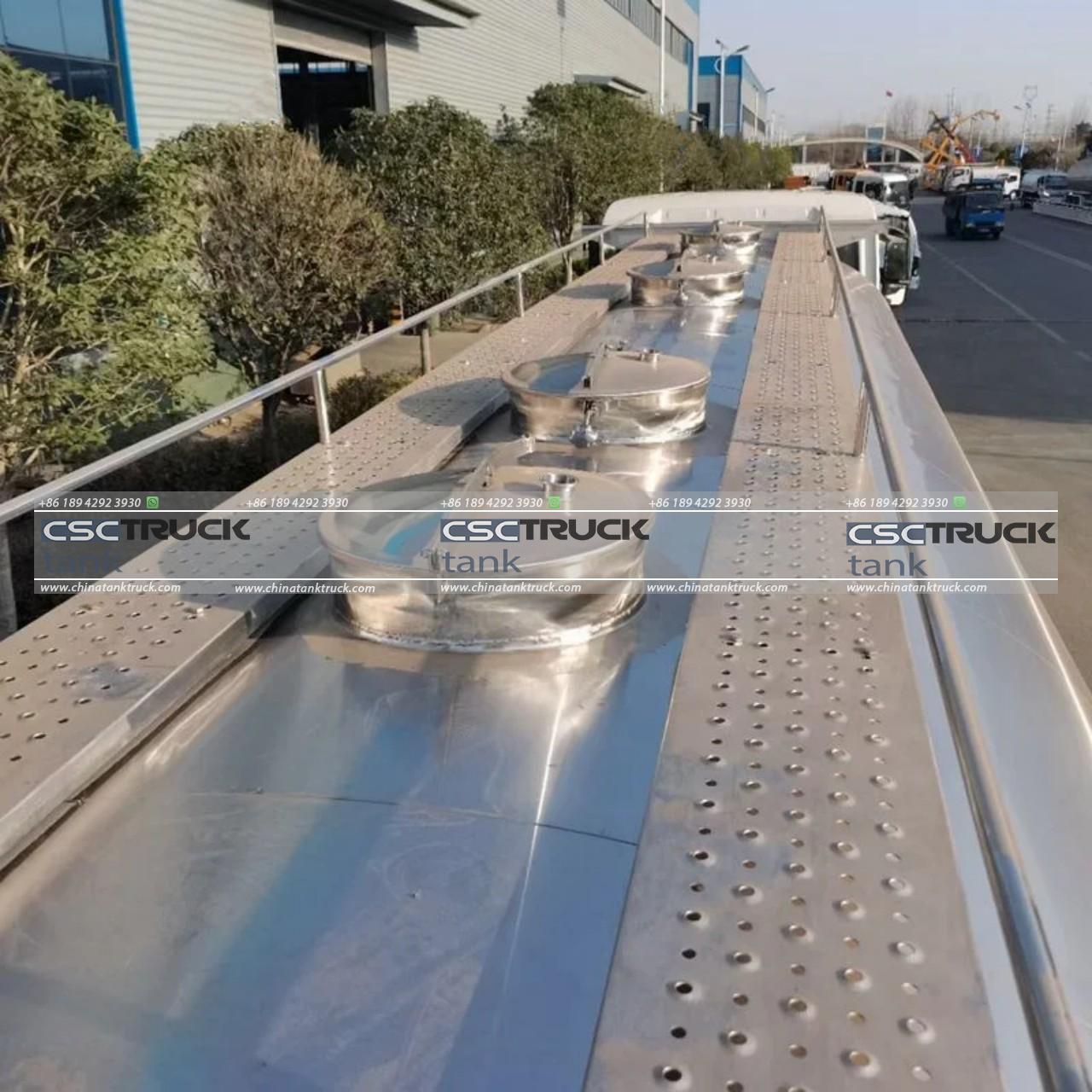
Conclusion
Milk trucks are more than just vehicles; they are an integral part of the dairy industry, ensuring that milk is transported from farms to processing plants safely, efficiently, and in a manner that preserves its quality. From the collection of milk at farms to its delivery at processing plants, milk trucks play a critical role in maintaining the flow of one of the world’s most important food products. As technology and environmental considerations continue to evolve, so too will the design and operation of milk trucks, further enhancing their role in the dairy supply chain.

